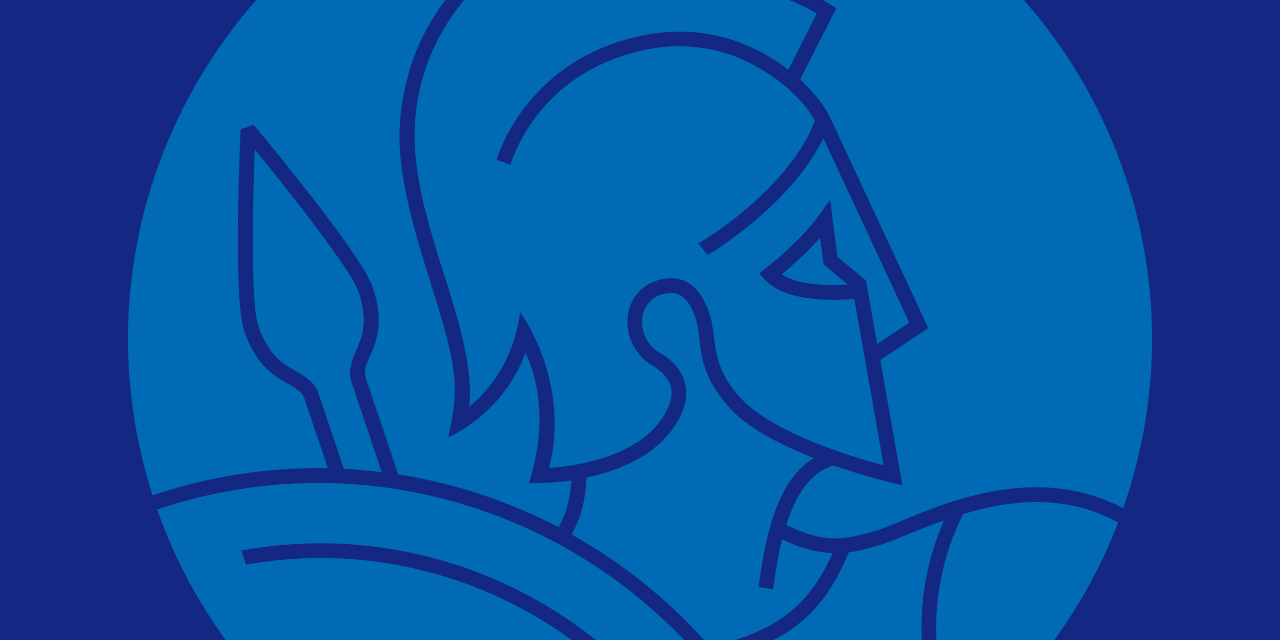
The Year of Living Dangerously
By Ross Mayfield, CFA, Investment Strategy Analyst, Private Wealth Management
About a year ago, I wrote a letter to young investors as the market plummeted amid a terrifying and unprecedented pandemic… fun times. I’d recommend reading it if you haven’t, if only so I can show a higher view count to the bosses at my next performance review. Thinking back to writing it, the main thing I remember feeling was fear: Fear that I’d lose my job, fear that someone I knew would get sick, fear that the world was breaking beyond repair. But writing helped organize a few of my thoughts, and instead of succumbing to the chaos (at least too much), I concluded thusly:
“So what do we do? Save and invest what we can. In the end, our savings rate may be the most important financial statistic we get. And if you really want to stick it to this virus, close your eyes, avoid checking your accounts and add a little extra while stocks look cheaper. Don’t panic-sell and don’t give in to fear-mongering.”
When I wrote that, I had no clue we were about to go on one of the most insane market runs of all time (as cool as it would make me look to say otherwise). I knew the facts about long-term investing, but I also knew that bear markets could be drawn-out and nasty affairs. I’m glad that I wrote what I did, but I couldn’t have predicted a 75+% rally on the back of $5 trillion in fiscal stimulus and the fastest vaccine development in human history. Some things just need to be seen to be believed.
There’ll be plenty of pandemic takeaway posts as we work through the one-year anniversary, so I’ll keep mine short. Here are my three biggest lessons from the COVID crash:
- Market rallies begin way before it feels good to invest. Stock markets are forward-looking and will almost always begin rallying before the economy recovers.
- The stock market and the economy are not the same. They’re related over the long run, sure, but swayed by much different forces over shorter periods and in times of crisis. Perhaps no item caused greater anxiety last year than the mismatch between a locked-down economy and an ascendent stock market.
- Focus on the controllables. In a time of genuine instability, I found solace in focusing on things I could control. In finance, that’s savings rate and asset allocation; in the real world, it’s family, relationships and health.
But while the pandemic remains omnipresent, the market environment (especially for young investors) couldn’t be more different vs. a year ago. Instead of fear and volatility, there is jubilation: bitcoin up 425% in six months, NBA highlights selling for hundreds of thousands of dollars, and meme stocks skyrocketing behind armies of day traders. It’s extremely fascinating (and enticing), but in the same way that I urged steadiness during the crash, I will also urge steadiness during euphoria. I guess I’m just getting boring as I approach 30 years old.
To be entirely cliché, there is no free lunch in investing. Risk and reward go firmly hand in hand. So when it comes to speculating on high-flying and less-than-fundamentally-sound assets, I truly have just a single piece of advice: Don’t gamble what you can’t afford to lose. That’s it; I’m not here to slap anyone’s wrist.
However, planning your financial life is a much more measured and necessarily long-term affair. Not always the sexiest endeavor (and definitely doesn’t play as well on social media), but time-tested and resolute. Long-term investing is about achieving goals, empowering individuals, and funding dreams. When I urge people to work with a Baird Advisor, that’s what I’m encouraging – not chasing an extra percentage point of investment returns (though that’s nice, too!), but building out a meaningful and contented life supported by genuine financial stability.
It's been a long and trying year, so I’ll close in the same fashion as I did last time: enjoy some you-time, however you choose to veg out. I’ll write you a sick note – you’ve earned it.
The information offered is provided to you for informational purposes only. Robert W. Baird & Co. Incorporated is not a legal or tax services provider and you are strongly encouraged to seek the advice of the appropriate professional advisors before taking any action. The information reflected on this page are Baird expert opinions today and are subject to change. The information provided here has not taken into consideration the investment goals or needs of any specific investor and investors should not make any investment decisions based solely on this information. Past performance is not a guarantee of future results. All investments have some level of risk, and investors have different time horizons, goals and risk tolerances, so speak to your Baird Financial Advisor before taking action.


